|
The Keys are a sub-tropical mecca, for those seeking a life that is easy and breezy. At least that is the Tourist Development Council vision. In reality, competition for increasingly scarce resources, including housing, is a reality in the Keys… for humans and for the critters that live amongst us. It’s a dog-eat dog world out there, and you better not be wearing milk bone shorts. Not long ago the Green anoles were the majority of lizards found in my yard. Some had tails, and others not, thanks to my cats, but they were plentiful. They were great with camouflage, it’s body green when perched on a leaf, or turning brown when resting on a tree trunk. They did their job taking care of bugs in the yard, and provided a good source of entertainment. But then came the Cuban brown anole, a slightly larger lizard, easily identified by the mating male’s conspicuous bright orange dew-lap, and push-up behavior. They eat bugs and spiders… and other lizards. These Cuban cousins have more offspring than the Green anole; outcompeted and displaced, our native Green anole had to retreat to high in the tree canopy. Head for the hills, my Green anole buddy! See you on the ground someday. While cruising the islands of the Bahamas, I was introduced to lizards that had curly tails. I’d lived my entire life in Florida, but the Bahamas were the only place I’d seen these curious creatures. As it turns out, the Northern curly-tailed lizard was brought to Florida both as pets, and in the 1940’s sugar cane growers released them in their fields to control the insect population. These lizards can reach 11 inches, though most are around 7 inches in total length; they eat bugs and flowers, especially railroad vine, but also other lizards, particularly Cuban brown anoles. Hold your position in the trees, my Green anole buddy! I’ve got your six. Another lizard, the Peter’s Rock agama, began showing up in my yard around the end of 2020. Though first introduced by the pet trade in 1976, this lizard’s population really took off in the Keys, coincidentally during the pandemic, when the Keys were also “discovered” by an influx of new human residents, whose demand for second homes sent prices up, and the local workforce out. During mating season, Peter’s Rock agamas are pretty boys with boldly colored red heads, a black body, with more orange and ending with a black tip. Shy, they quickly retreat from humans, seeking cover under rocks or into the foliage. Both the agama and the curly-tail are sit-and-wait predators, who watch for crawling insects and butterflies. It’s no coincidence their favorite hangout in my yard is a coral rock covered by Corky-stemmed passion flower, the larval host plant for a variety of butterflies, including Gulf Fritillary, Julia Heliconian and Zebra Heliconian butterflies. The Peter’s Rock agama also preys on the Cuban brown anole. Whisky Tango Foxtrot! Take cover, my Green anole buddy. There is a large predator heading your way. It’s an invasion! The Green iguana was introduced to Florida via the pet trade; somehow they got loose and now are found in the Keys, to as far north as Tampa Bay, and all parts in-between. They feed on foliage, flowers and fruit, and will eat insects, lizards, small animals, nesting birds and eggs. The males grow to six foot long including the tail, that can whip you and transmit salmonella; alligators, dogs and raccoons are their only natural predators. They dig nesting burrows that contain an average of 40 eggs. These destructive burrows cause erosion and undermine seawalls, and can cause you to twist an ankle while walking near one. It is hard to calculate how many iguanas there are. A friend hunkered down in his home during hurricane Irma was amazed at how many iguanas were in the trees; as the storm raged on, soon revealed were dozens of iguanas, clinging to the defoliated branches. Cold blooded, they fall from the trees when temperatures go below 45 degrees, an opportune time to reduce their population. Green iguanas are here through no fault of their own, but I’m all for the death penalty due to their destructive behavior; call a Nuisance and Wildlife Management Pro, to do it humanely. 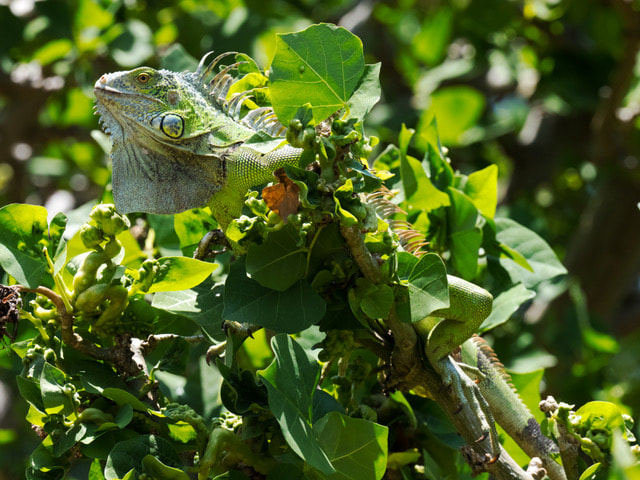 Adult iguanas feed on foliage, flowers and fruit. This male enjoying basking in the sun high above the reach of potential enemies. Adult iguanas feed on foliage, flowers and fruit. This male enjoying basking in the sun high above the reach of potential enemies. There is one reptile in my yard, who can be heard during May at dawn and at dusk, but rarely seen. It’s diet includes insects, baby birds, and small mammals such as nesting mice. It lives in tree crevices, and even inside structures, behind suspended ceilings or within walls. A native of Southeast Asia, the Tokay gecko’s call is described as “tuck-too”, too-kay; it was this sound that prompted U.S. troops in Vietnam to informally dub it the "F*ck You Lizard…” an informal “reception committee,” and the only ones there telling you the truth.
2 Comments
|
CAROL ELLIS
This photographic website provides me the opportunity for self-expression, for sharing Archives
May 2024
TAGS
All
|
© Copyright 2022. Carol Ellis Photography.
All Rights Reserved.


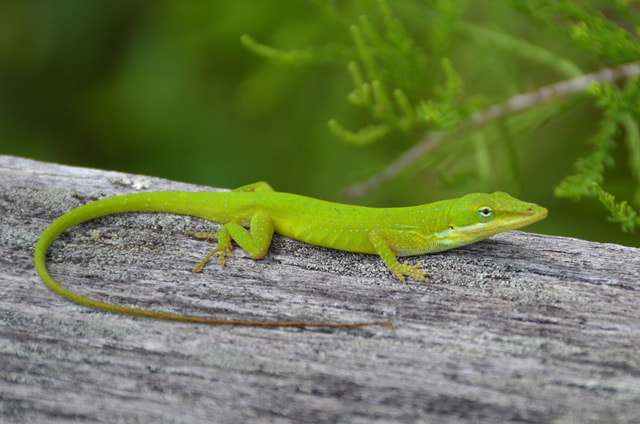
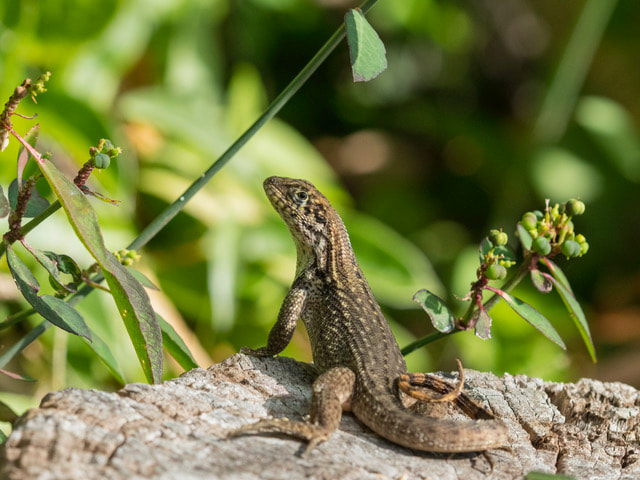
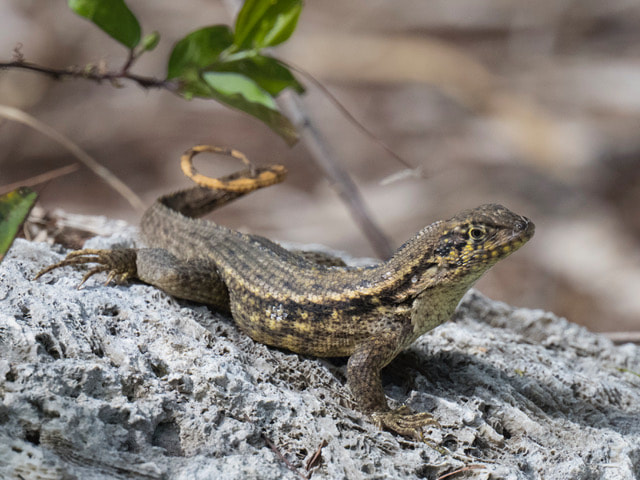
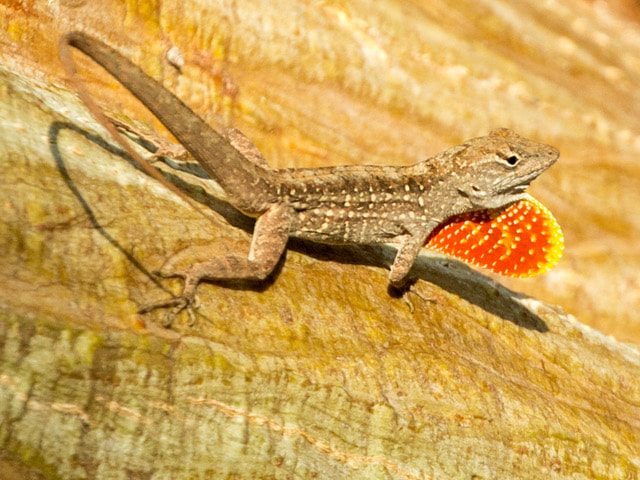
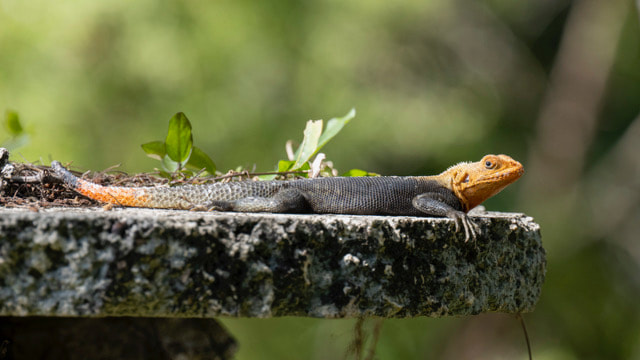
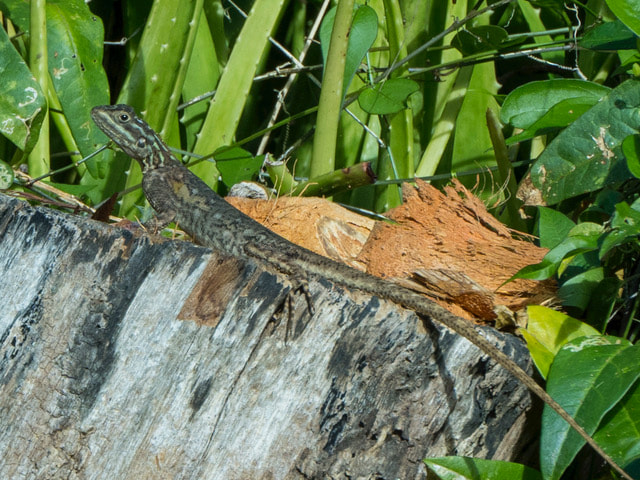
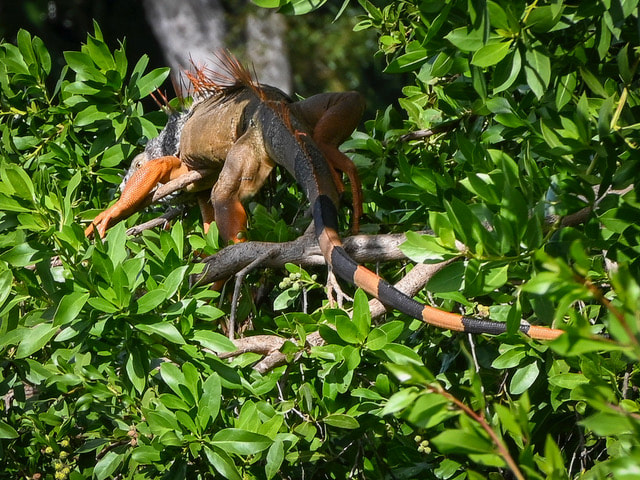
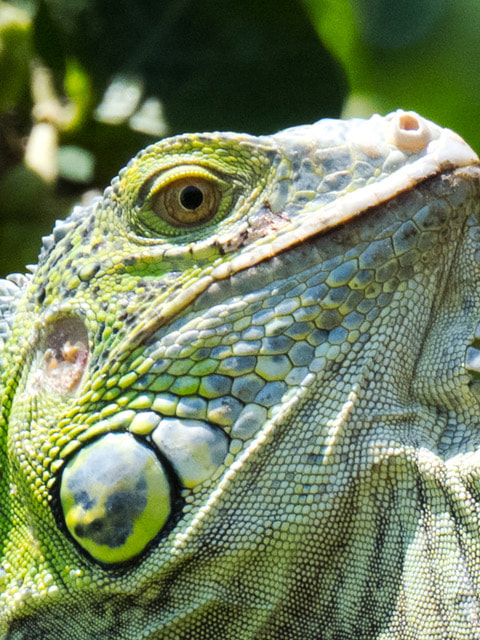
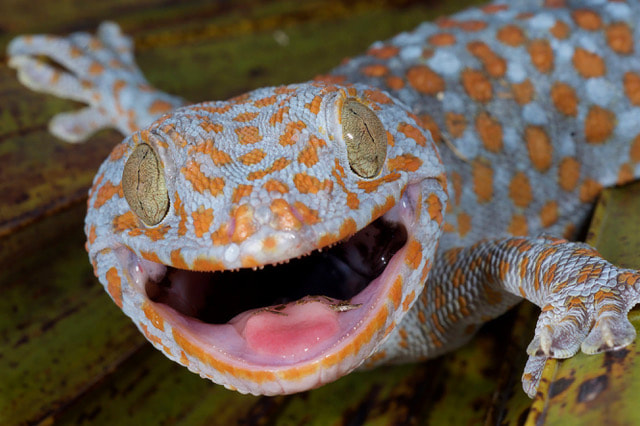
 RSS Feed
RSS Feed
